Military leaders encouraged and rewarded kills in an effort to produce impressive body counts that could be reported to Saigon as an indication of progress. GIs joked that "anything that's dead and isn't white is a VC" for body count purposes.

Not many books have been written about the dark side of the American soldier in Vietnam. Mark Lane's Conversations With Soldiers is one of the few books. It has been maligned for not being very loyal to facts but such hard-hitting books invariably invite sharp criticism. It is up to you to make your own judgement about Lane's book. Below are some excerpts from the book.
"I do not know if I should talk about it, but the fact is that once I had killed with his own hands a few prisoners. In the bunker ... After they killed my friend. I was not myself. I was sent for psychiatric treatment. I said I was simply tired of fighting and the shock of the fact that the friend was killed before my eyes. And that all this happens quite often. (...)
+ + + + +
The prisoners were kneeling with their hands tied behind their backs. And we were pushing them. During interrogation, they were on their knees, and sometimes - well, more accurately, I have seen how they were beaten with fists and feet. I was told that this happens more often after a particularly brutal battle where Americans suffered losses. Then those who are questioning are not prone to sentimentality, and that shows in the interrogation techniques. (...)
But the most important thing to say about the center of the inquiry, is that in the period following the first Tet (...) and the May offensive, about 2 thousand were executed in the center. By way of reprisals, or to maintain their reputation after losses incurred during the New Year's offensive. (...)
And for small children, we had blue pill given with food. Outwardly, they looked very much like candy. By selecting them, the the children burned their hands ... We all did that , because after my return from Ke San, where so many of our boys were killed, I could not bear the sight of the Vietnamese. Well, if I wanted to give vent to my anger, when I met an old man or old woman on the streets, I made sure they were searched and hit on the butt, or required to produce documents, and those who did not have documents, were shot. "
+ + + + +
"One day, a patrol got a captive. He had been wounded. The soldiers threw him on the ground and crowded around him. The sergeant shouted: "Well, guys, who wants to beat this cross-eyed?". The prisoner knew only two words in English - "Geneva Convention" - and incessantly, repeated them. He was very young. Maybe he was a Viet Cong. The soldiers began to shoot him. First they aimed near him. And then began to shoot at his feet. Nobody wanted to finish him off, but in the end someone did."
+ + + + +
AN US ARMY OFFICER: “There’s this question—I think anyone who goes to (Viet) Nam asks it. What’s a civilian? Someone who works for us at day and puts on Viet Cong pajamas at night?”
Prosecutor Aubrey Daniel
Direct examination by Aubrey Daniels:
Q: What did you do in the village?
A: We just gathered up the people and led them to a designated area.
Q: How many people did you gather up?
A: Between thirty and fifty. Men, women, and children.
Q: What kind of children?
A: They were just children.
Q: Where did you get these people?
A: Some of the was in hooches and some was in rice paddies when we gathered them up.
Q: Why did you gather them up?
A: We suspected them of being Viet Cong. And as far as I'm concerned, they're still Viet Cong....
Q: What did you do when you got there?
A: Just guarded them.
Q: Did you see Lieutenant Calley?
A: Yes
Q: What did he do?
A: He came up to mean and he said, "You know what to do with them, Meadlo," and I assumed he wanted me to guard them. That's what I did.
Q: What were the people doing?
A: They were just standing there....
A: [Calley] said, "How come they're not dead?" I said, I didn't know we were supposed to kill them." He said, I want them dead." He backed off twenty or thirty feet and started shooting into the people -- the Viet Cong -- shooting automatic. He was beside me. He burned four or five magazines. I burned off a few, about there. I helped shoot ‘em.
Q: What were the people doing after you shot them?
A: They were lying down.
Q: Why were they lying down?
A: They was mortally wounded.
Q: How were you feeling at that time?
A: I was mortally upset, scared, because of the briefing we had the day before.
Q: Were you crying?
A: I imagine I was....
Q: Were there any Vietnamese there?
A: Yes, there was Viet Cong there. About seventy-five to a hundred, standing outside the ravine....
A: Then Lieutenant Calley said to me, "We've got another job to do, Meadlo".
Q: What happened then?
A: He started shoving them off and shooting them in the ravine.
Q: How many times did he shoot?
A: I can't remember.
Q: Did you shoot?
A: Yes. I shot the Viet Cong. he ordered me to help kill people. I started shoving them off and shooting.
Q: How long did you fire?
A: I don't know.
Q: Did you change magazines?
A: Yes.
Q: Did Lieutenant Calley change magazines?
A: Yes.
Q: How many times did he change magazines?
A: Ten to fifteen times.
Q: How many bullets in a magazine?
A: Twenty, normally.
Q: How was Lieutenant Calley armed?
A: He had a M-16.
Q: What were the people doing after you and Lieutenant Calley shot them?
A: The people were just lying there, with blood all over them.
Q: What was the condition of the people?
A: I can't say what their condition was. I didn't get down in the ditch and check them out.
Q: Were they wounded?
A: They had wounds in the head, in the body, in the chest, in the stomach.
Q: Where were you when you shot at those people?
A: We was standing on top of the ravine and shooting down.
Q: Did you miss?
A: On automatic? Yes.
Q: Did Lieutenant Calley miss?
A: On automatic? Yes.
Q: Was anyone still alive when you stopped firing?
A: I couldn't tell whether they was mortally wounded. I didn't check them out.
Cross examination by George Latimer:
Q: You did start firing into that group, didn't you?
A: Yes.
Q: You killed men, women, and children?
A: Yes.
Q: You were ordered to do so?
A: Yes.
Q: Why did you carry out that order?
A: I was ordered to. And I was emotionally upset . . . And we were ordered to get satisfaction from this village for all the men we'd lost. They was all VC and VC sympathizers and I still believe they was all Viet Cong and Viet Cong sympathizers.
Q: Did you see Captain Medina?
A: Yes. And he didn't say anything and did not even try to put a stop to it. So I figured we was doing the right thing.
Q: What was your impression of Lieutenant Calley at this place where he gave you these orders?
A: I thought the man was doing his duty and doing his job....
Q: Was Lieutenant Calley violent and in a sense raving around?
A: No.
Re-direct examination by Aubrey Daniel:
Q: Why didn't you fire when you got on line?
A: I don't know. There was a lot of firing going on and I couldn't tell whether it was incoming or outgoing.
Q: Weren't you ordered to fire into that village?
A: I don't remember whether the orders was to fire when we hit the ground.
Q: Wasn't everyone else firing?
A: I don't know.
Q: When did you first see a Vietnamese?
A: Right after we landed. In an open field.
Q: Did you fire?
A: No.
Q: Why not?
A: I didn't have orders to fire.
Q: Was he a resident of the village?
A: He was a Viet Cong, yes.
Q: Then why didn't you fire?
A: I didn't have my orders to fire.
Q: Didn't you get orders to kill him from Medina?
A: No. And besides, he was being guarded.
Q: When did you see the next Vietnamese?
A: In the village. He was thirty to fifty years old.
Q: Did you shoot him?
A: Yes.
Q: Why?
A: I was ordered to by Sergeant Mitchell, I believe. And besides, why take chances?
Q: Then you gathered up people. Why?
A: That was my orders. It ain't my reason to say why.
Q: When Lieutenant Calley came up and said, "Take care of these people," why did you continue to guard them?
A: I figured he just wanted me to guard them.
Q: Why didn't you shoot them?
A: I figured maybe he wanted to hold them for interrogation.
Q: What did you do?
A: I held my M-16 on them.
Q: Why?
A: Because they might attack.
Q: They were children and babies?
A: Yes.
Q: And they might attack
A: They might have a had a fully loaded grenade on them. The mothers might have throwed them at us.
Q: Babies?
A: Yes.
Q: Then why didn't you shoot them?
A: I didn't have no orders to kill them right then.
Q: Why didn't you fire first when Lieutenant Calley said, "I want them dead?"
A: Because Lieutenant Calley started firing first. I don't know why I didn't fire first.
Q: What were the people doing when Lieutenant Calley arrived?
A: They were sitting down.
Q: The women, the children and babies were sitting down?
A: Yes. Q: Did they attack you?
A: I assumed at every minute that they would counterbalance. I thought they had some sort of chain or a little string they had to give a little pull and they blow us up, things like that.
Q: What did you do?
A: I just watched them. I was scared all the time.
Q: How many people did you take to the ditch?
A: Seven or eight people.
Q: Why didn't you shoot these people rather than take them with you?
A: I assumed we was going to hold them for interrogation.
Q: Why didn't you kill them?
A: I didn't have my orders to kill them. It ain't my reason to figure what they was going to do with them. It was just natural procedure to hold them for questioning.
Q: Captain Medina's orders did not change that standard operating procedure for these seven or eight people, to hold them for interrogation?
A: No.
Q: What changed the order?
A: Lieutenant Calley said, "We've got another job to do, Meadlo."
Q: You said you were under emotional strain. Can you describe the strain?
A: Just I was scared and frightened.
Q: At what?
A: At carrying out the orders.
Q: Why?
A: Because nobody really wants to take a human being's life
Q: But they were Viet Cong, weren't they?
A: Yes, they were Viet Cong.
Q: And it was your job?
A: It was my job, yes.
Q: What were the children in the ditch doing?
A: I don't know.
Q: Were the babies in their mother's arms?
A: I guess so.
Q: And the babies moved to attack?
A: I expected at any moment they were about to make a counterbalance
Q: Had they made any move to attack?
A: No.
Q: When you left the ditch, were any of the people standing?
A: Not that I remember.
Q: Did you see anyone who was not shot?
A: I can't say. I didn't get down and check them out.
Q: Did you see anyone who wasn't shot?
A: There might have been a few. I didn't check ‘em out.
Q: Now, Mr. Meadlo, one last question: Did Lieutenant Calley or did Captain Medina order you to kill?
A: I took orders from Lieutenant Calley. But--
Daniel: That's all.
Reference: law2.umkc.edu
+ + + +
"We talked about the murders of prisoners, torture, rape. And each of us had photos showing the most terrible acts. Nevertheless, the reaction of new "recruits" was positive: They obviously liked the idea, because the Marines were only volunteers. And they could not wait to go to Vietnam, and apply in practice all the things they learned. Many of them volunteered to serve in Vietnam. Sergeants played on the unhealthy motives: "What a luck - you can kill" ... and all that."
"I talked a lot with the (...), who returned from Vietnam. And they told me how they killed people simply because of scorn. Well, you know how it happens, "Squint-eyed, they can not be considered as people. Kill them - a trifling matter."
+ + + + +
AN ARMY SOURCE: “The Army knew it was going to get clobbered on this at some point. “f they don’t prosecute somebody, if this stuff comes out without the Army taking some action, it could be even worse.”
Another view that many held was that the top level of the military was concerned about possible war crime tribunals after the Vietnam war.
++++++++
"Some areas are regularly subjected to bombing and shelling, without regard for human life of the population. Entire areas were designated as Vietcong imfested. However, the population consisted mainly of farmers and fishermen. Most of them did not engage in politics. Their main concern was obtaining their daily bread. Many were killed because they were in the wrong place at the wrong time."
+ + + + +
He was accused of killing 109 Vietnamese.He was convicted and sentence to life imprisonment with hard labor. It was later lessened to 20 years than 3 years of house arrest and later pardoned completely. At the trial Calley said, "I was ordered to go in there and destroy the enemy. That was my job that day. That was the mission I was given. I did not sit down and think in terms of men, women and children. They were all classified as the same, and that's the classification that we dealt with over there, just as the enemy. I felt then and I still do that I acted as I was directed, and I carried out the order that I was given and I do not feel wrong in doing so."
“The whole thing was so deliberate. It was point-blank murder and I was standing there watching it”
Sgt. Michael Bernhardt.
http://pierretristam.com/Bobst/library/wf-200.htm
----------------------
by MARK LANE
(BUY BOOK)
---------------------------------------------
SUGGESTED READING
Voices from the Vietnam War: Stories from American, Asian, and Russian Veterans
By Xiaobing Li
------------------------------------------------------
Other Books






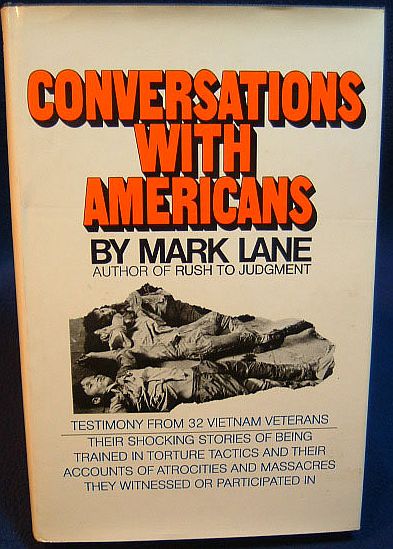

























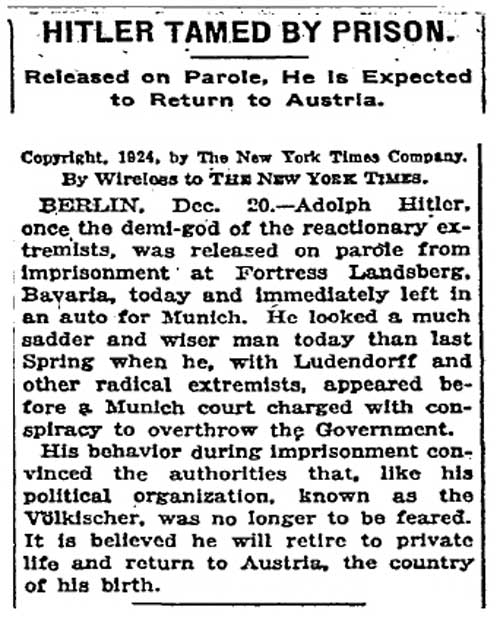
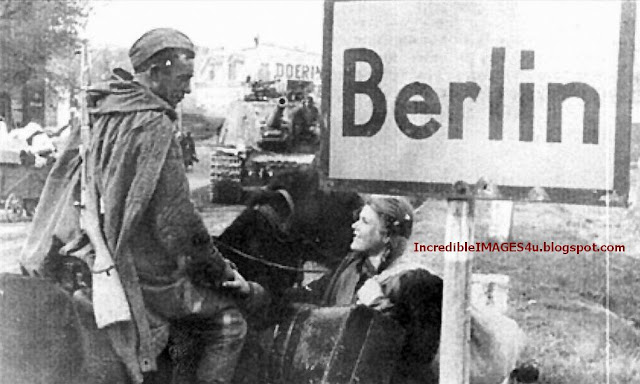






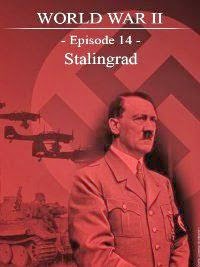
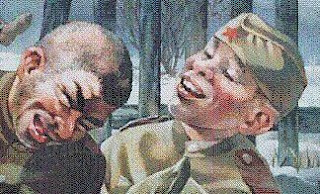
0 Comments:
Post a Comment